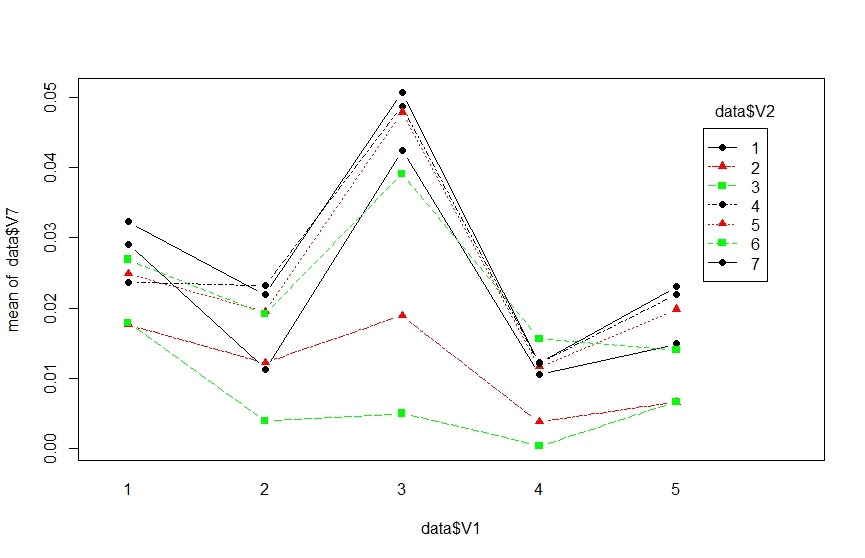I have a response "rate" that has two factors "variety" and "strain" as possible covariates. I am trying to figure out if the different levels of "strain" have the same effect on "rate".
When I run one way ANOVA: anova<-aov(rate~strain, data=table), I get the following table:
Df Sum Sq Mean Sq F value Pr(>F)
strain 6 0.001867 0.0003112 2.25 0.0675 .
Residuals 28 0.003872 0.0001383
According to this the different levels of "strain" have the same effect on "rate" at a 5% level.
Now if I run the following model :anova<-aov(rate~strain+variety, data=table), I get the following table:
Df Sum Sq Mean Sq F value Pr(>F)
strain 6 0.0018670 0.0003112 8.618 4.70e-05 ***
variety 4 0.0030056 0.0007514 20.810 1.63e-07 ***
Residuals 24 0.0008666 0.0000361
This is telling me I should definitely include strain in my model, which means the different levels of "strain" have different effects on "rate".
Why do they not agree? Which should I believe? Thank you in advance!
PS: In case it is important to know where my data is coming from, here it is: read.table("http://users.stat.ufl.edu/~winner/data/apple1.dat", header=FALSE)


